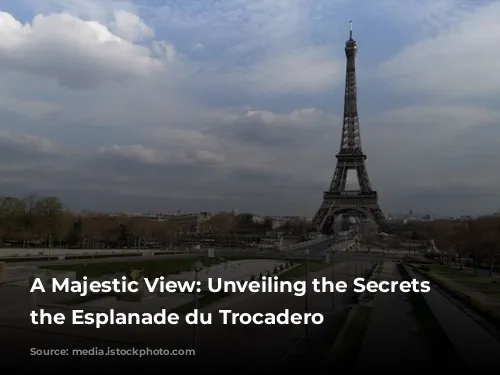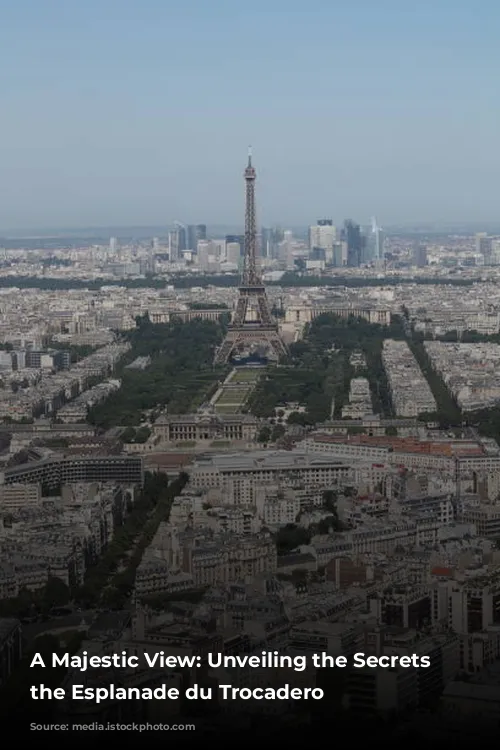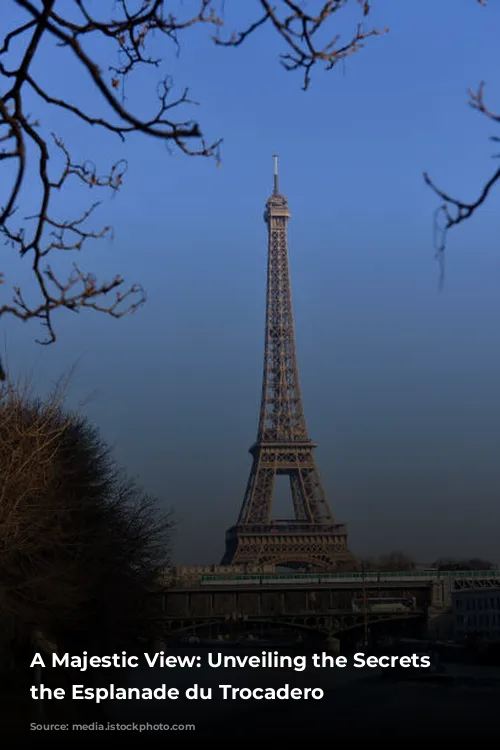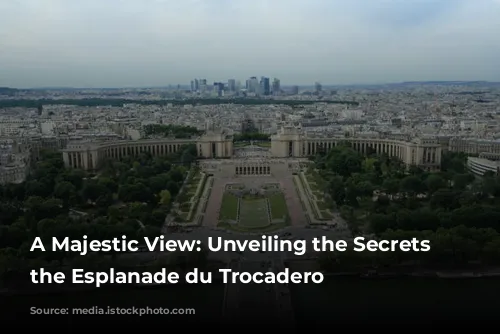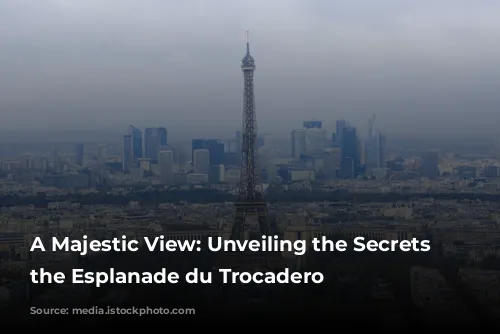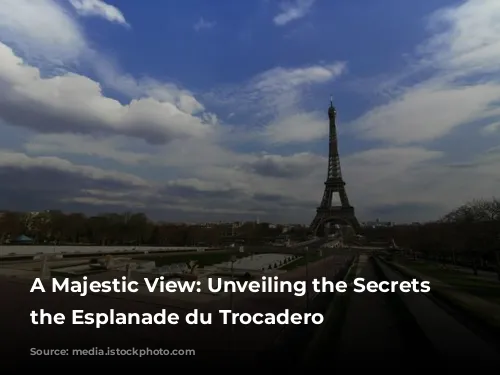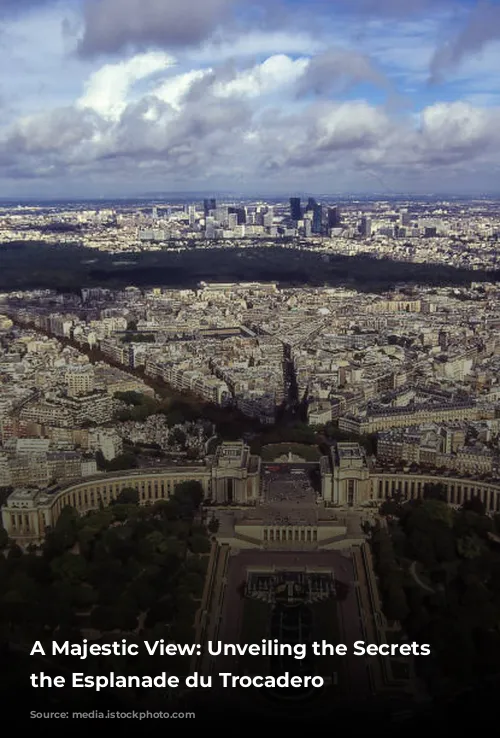Picture this: The Eiffel Tower, a graceful silhouette against the sky, stands across the Seine River, a mere 250 meters away. The Pont d’Iéna gracefully bridges the gap between these two iconic landmarks.
Welcome to the Esplanade du Trocadero, a sprawling expanse of beauty and history. The Palais de Chaillot, a majestic palace built in the 1930s, and its graceful wings, frame this magnificent square.
Below, cascading terraces and vibrant gardens adorned with Caucasian walnut and century-old hazelnut trees create a serene oasis. The air hums with activity – walkers, skaters, and skateboarders dance along the water jets that erupt from 20 cannons of the grand basin. Above them, Apollo and Hercules, ancient figures of strength and wisdom, stand guard.

A Square of Meaning: From Universal Exhibition to Human Rights
The Esplanade du Trocadero came into existence alongside the Palais de Chaillot during the mid-1930s, intended as a grand stage for the 1937 Universal Exhibition. This was a time of great innovation and global collaboration, and the square reflected those ideals.
In 1985, a significant transformation occurred. Former President of France, François Mitterrand, bestowed upon the square a new name – Parvis des droits de l’homme, or Human Rights Square. This tribute recognized the Palais de Chaillot’s pivotal role in the Universal Declaration of Human Rights.
The 5th session of the United Nations General Assembly convened within the palace in 1948, culminating in the adoption of this landmark document. A testament to this historical moment, a slab sealed in 1985 stands proudly at the square’s entrance, proclaiming the fundamental truth – “men are born and remain free and equal in rights” – echoing the words of the French Declaration of the Rights of Man and Citizen of 1789.
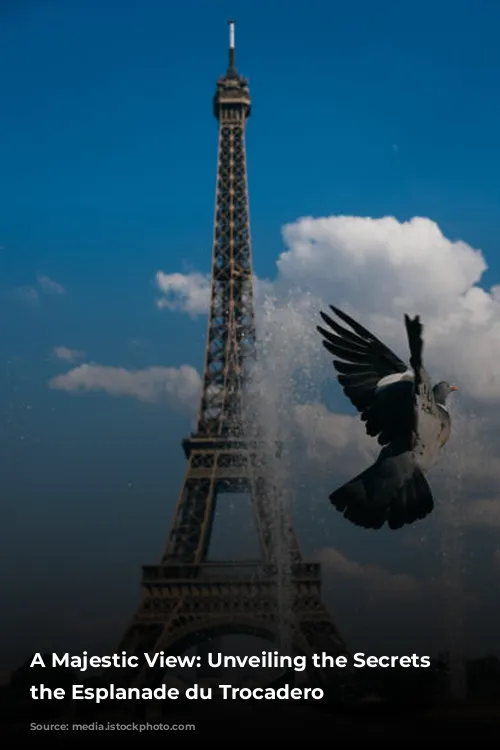
A Place of Solidarity and Action: Remembering the Victims of Poverty
Years later, on October 17, 1987, a second slab was added, a poignant symbol of global solidarity. Father Joseph Wresinski, a champion of human rights, led the initiative, advocating for the recognition of poverty as a human rights violation.
The inscription on this slab reads:
“On October 17, 1987, defenders of human and civil rights from all countries gathered on this square. They paid tribute to the victims of hunger, ignorance and violence. They affirmed their conviction that poverty is not fatal. They proclaimed their solidarity with those who struggle throughout the world to destroy it. Wherever people are condemned to live in misery, human rights are violated. It is a sacred duty to unite to ensure that they are respected. – Father Joseph Wresinski.”
This profound message inspired the establishment of World Day to Overcome Extreme Poverty, celebrated annually on October 17th. The United Nations General Assembly later recognized this day as the International Day for the Eradication of Poverty.
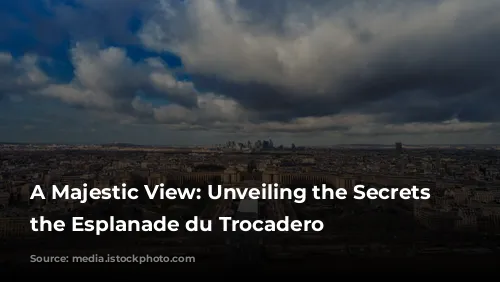
A Star in Cinema: The Esplanade du Trocadero in Popular Culture
The Esplanade du Trocadero has graced the silver screen many times, becoming a backdrop for various cinematic stories.
Here are a few notable examples:
- In Georges Franju’s chilling 1960 film, Les Yeux sans visage, a young girl walks across the square, her path leading her to an encounter with Edna Grüberg in a café nearby.
- Philippe de Broca’s 1964 adventure film, L’Homme de Rio, captures the square’s vibrant energy in one of its scenes.
- Jean Yanne’s satirical 1974 film, The Chinese in Paris, presents a fantastical scenario where the Esplanade du Trocadero becomes the stage for a “liberation of joy” party in a China-occupied France.
- Georges Lautner’s action-packed 1981 film, The Professional, features a car chase that races through the esplanade.
- Ladj Ly’s powerful 2019 film, Les Misérables, brings the square to life as Issa and his friends make their way there before a crucial soccer match.

A Symphony of Sculpture: The Esplanade’s Artistic Gems
The Esplanade du Trocadero is also home to a collection of eight statues, a testament to the artistry of the period. These imposing figures were installed around the same time as the Palais de Chaillot, in the mid-1930s.
On the left, as you face the Eiffel Tower, stand:
- La Jeunesse by Alexandre Descatoire (1874-1949), symbolizing youthful vigor.
- Flore by Marcel Gimond (1894-1961), embodying the beauty and abundance of nature.
- Le matin by Pryas (1895-1985), capturing the tranquility of dawn.
- La Campagne by Paul Cornet (1892-1977), honoring the serenity of rural life.
On the right, with the Eiffel Tower in view, are:
- Fruits by Félix Desruelles (1865-1943), a celebration of the bounty of the earth.
- Spring by Paul Niclausse (1879-1958), personifying the vitality of new beginnings.
- Gardens by Robert Couturier (1905-2008), evoking the artistry and tranquility of a well-maintained garden.
- Birds by Louis Brasseur (1878-1960), capturing the freedom and beauty of flight.
In 1964, the artist Christo, known for his innovative wrapping techniques, draped a transparent veil over the statue of Spring, a bold artistic intervention that further enhanced the square’s aesthetic appeal.
The Esplanade du Trocadero, a harmonious blend of history, art, and human rights, stands as a testament to the enduring spirit of humanity. This iconic square continues to inspire and enchant, offering visitors a glimpse into the heart of Paris and the world.


